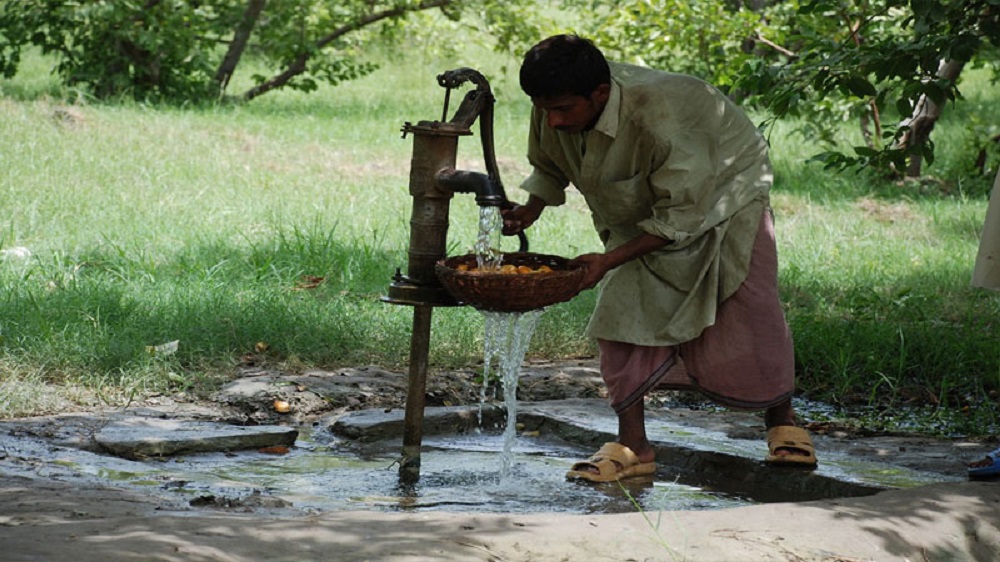
Pakistan’s most populated province, Punjab, is facing a serious water shortage threat. The underground water levels of some of the biggest cities of the province are down by 90%. WaterAid Pakistan has marked cities, including Lahore, Lodhran, Vehari, Khanewal, and Multan as the fastest depleting freshwater resources.
The remaining 10% underground water is highly contaminated with arsenic particles. Previously, the Supreme Court of Pakistan had also expressed great concern over the increasing quantity of arsenic in drinking water across Punjab.
The findings were reported by Pakistan Council of Research in Water Resources after a thorough research of two years. Due to a huge demand, the underground water resources are turning saline.
Cases of stomach-related diseases have also increased in the province by manifold due to the use of contaminated water.
Water from the underground sources of Khushab, Jhelum, Laiyah, Jhang, Sargodha, and Faisalabad is also marked unfit for consumption due to salinity and arsenic contamination.
Punjab’s marine life is also endangered as the factories are dumping their industrial waste in River Ravi, resulting in reduction of oxygen levels.
ALSO READ
Pakistani Startup Wins Regional Hult Prize 2018
Numerous water supply companies are working across the country to sell RO treated water but samples collected for testing show that they are not following the required standards for the treatment of water.
Depleting underground water isn’t new to the world. Other nations have successfully fought against the rising threat. The US has developed ways to treat saline water, at least for watering the crops.